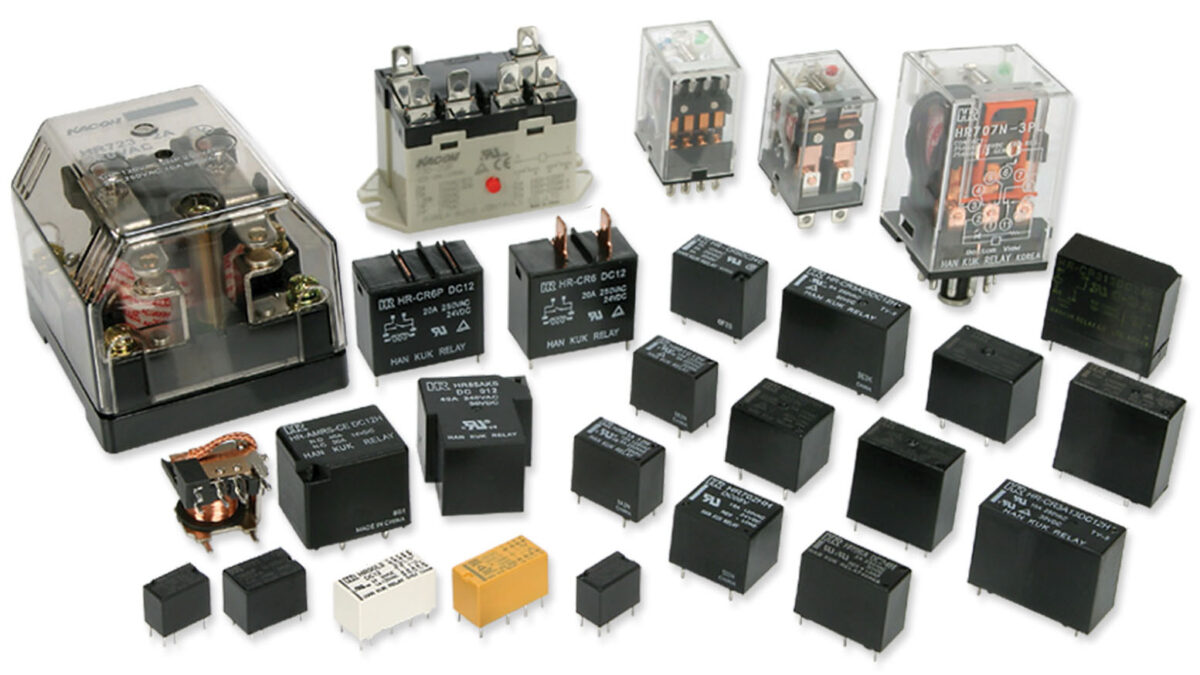Classification of thermistors
Thermistor is a sensitive component that has been developed early, with many types and more mature development. The thermistor is composed of semiconductor ceramic materials, and the principle used is that temperature causes resistance to change. If the concentration of electrons and holes are n and p, and the mobility is μn and μp, the conductivity of the semiconductor is: σ=q (nμn+pμp). Because n, p, μn, and μp are all temperature-dependent functions, the conductance is a function of temperature. Therefore, the temperature can be calculated by measuring the conductance, and the resistance-temperature characteristic curve can be drawn. This is how the semiconductor thermistor works.
Thermistors include positive temperature coefficient (PTC) and negative temperature coefficient (NTC) thermistors, and critical temperature thermistors (CTR). Due to the unique performance of semiconductor thermistors, in applications, it can not only be used as measuring components (such as measuring temperature, flow, liquid level, etc.), but also as control components (such as thermal switches, current limiters) and circuits Compensation components. Thermistors are widely used in various fields such as household appliances, electric power industry, communications, military science, aerospace, etc., and their development prospects are extremely broad.
Popular ic chip you may need:
TL494CN
MDF11N60
LM393N
LM723CN


